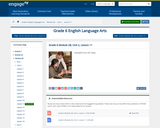
In this lesson, students further refine the examples from life today that they have chosen to support their claim.
- Subject:
- English Language Arts
- Material Type:
- Lesson Plan
- Provider:
- EngageNY
- Author:
- Expeditionary Learning
- Date Added:
- 04/04/2014

In this lesson, students further refine the examples from life today that they have chosen to support their claim.
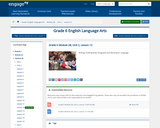
This lesson asks students to draft their two body paragraphs using the following for guidance: the model essay; Are We Medieval?: Forming Evidence-Based Claims graphic organizer; and the instruction provided in Lessons 10 and 11.
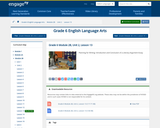
In this lesson, students draft the introductory and concluding paragraphs of their End of Unit 2 Assessment.
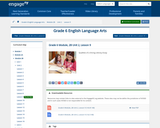
This lesson launches the end of unit assessment, in which students will write a literary argument essay.
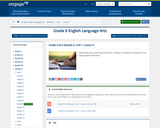
In this lesson, students build on work previously done with argument, claims, and evidence.
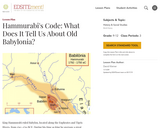
Students learn about life in Babylonia through the lens of Hammurabi's Code. This lesson is designed to extend world history curricula on Mesopotamia and to give students a more in-depth view of life in Babylonia during the time of Hammurabi.
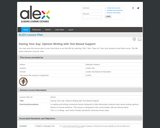
This reading and writing lesson is designed to help students learn about writing opinions based on textual evidence.
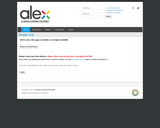
This lesson examines the characteristics of Greek heroes and leads students to recognize references to Greek mythological heroes found in literature and culture today. Students will present analyses of heroes by defending their favorites in a slideshow presentation nominatting them for selection to a Heroes' Hall of Fame.
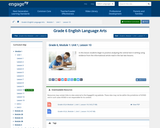
In this lesson students begin to practice analyzing the central text in writing using evidence from the informational article read in the last two lessons.
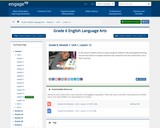
In this lesson students write an essay using the evidence they have gathered during the last two lessons to explain how the main character from the central text is on a hero's journey.
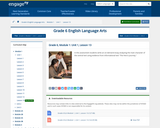
In this assessment students write an on-demand essay analyzing the main character of the central text using evidence from informational text "The Hero's Journey."
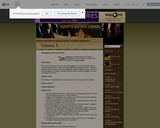
The focus of this lesson is on the use of hieroglyphs as a form of communication, record keeping, and as a means for preserving and passing down history. Students will learn basic information about the alphabet, common Egyptian words, and how to read hieroglyphic messages. Students will also practice using hieroglyphs to create messages of their own.

This lesson will go over the culture of dog sled racing and students will determine if they believe this culture is humane or inhuman by participating in a persuasive essay.

Students conduct Web searches on open-ended questions and draw on their experiences to develop guides to searching effectively and finding reliable information online.

Students will read background information, a passage, information, vocabulary words, and vocabulary in context. Students will write answers to questions, quotations to support a main idea, and a response to a prompt. This resource supports English language development for English language learners.

Students will read a description of and passage from L. Frank Baum's work, characters' descriptions, questions, vocabulary, definitions, text excerpts, and a writing prompt. Students will write short answers, quotations to support a main idea, and an essay. This resource supports English language development for English language learners.

Students will read a description of challenges faced by Presidents Washington and Lincoln. Students will then read a prompt and write to explain, justify, and cite examples of whose job was the most challenging. This resource supports English language development for English language learners.
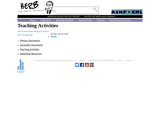
This resource supports English language development for English language learners. In this lesson plan, students analyze visual and textual primary sources to determine the extent to which African-Americans freed themselves versus the extent to which Abraham Lincoln ended slavery. The site includes links to primary source documents (including one from North Carolina), analysis worksheets for each document, and graphic organizers to support the lesson. The lesson includes speaking, listening, reading, and writing activities.
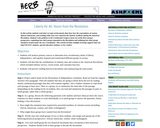
In this activity students read short excerpts of documents that show how the expectations of women, African Americans, and working white men were raised by the rhetoric of liberty during the American Revolution. Students write petitions to the Continental Congress from one of the three group's perspectives, explaining how their group responded to the Revolution and outlining how their group should be treated under the new Constitution. This activity includes multiple learning supports that can help ESL/ELL students, special education students, or low readers.
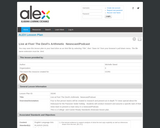
Four to five person teams will research and present an in-depth TV news special about the Holocaust for the Passover Sedar holiday. Students will conduct research and assume a specific task of their news team to present a main story in a newscast/Podcast.